Beyond Palm Oil
By GOFB on Friday, September 1st, 2017 in Special Focus, Issue 3 - 2017 No Comments

By GOFB on Friday, September 1st, 2017 in Special Focus, Issue 3 - 2017 No Comments
The fifth World Palm Portraits Photography Competition was launched on Jan 10 as part of the ‘100 Years of Malaysian Palm Oil Industry’ celebrations, by the Minister of Plantation Industries and Commodities, the Hon. Datuk Seri Mah Siew Keong.
The competition is an initiative to inculcate an appreciation of the palm oil industry as well as to educate the public on the biodiversity of plantations, life of the plantation workers and the multiple uses of palm oil in food and non-food items.
The competition is divided into four categories: Nature & Wildlife, People & Portraits, Black & White, and Still Life & Photo Manipulation. Entries were received from Malaysia, Indonesia, India, the Philippines and Singapore this year.
The winning images were selected based on subject, composition, balance of colours and depth, and the meaning they carry. In each category, the first prize is US$1,500, while the second prize is US$1,000.
“The competition, which started as a low key local photography experiment in 2013, has evolved into an international competition which is held annually. It has been gaining momentum among professional and amateur photographers, attracting entries from not just neighbouring countries such as Indonesia, the Philippines and Singapore, but also countries as far as the US and Brazil,” noted MPOC Chairman Dato’ Lee Yeow Chor, at an event on July 27 to announce the winners.
“Our fascinating collection expresses the industry well, through the faces of the farmers, the daily life of the workers, the admirable landscapes and the wildlife found there. It is a wonderful representation of the many amazing elements of the industry.”
MPOC
Nature & Wildlife
1st Mohd Nazri Sulaiman (Malaysia)
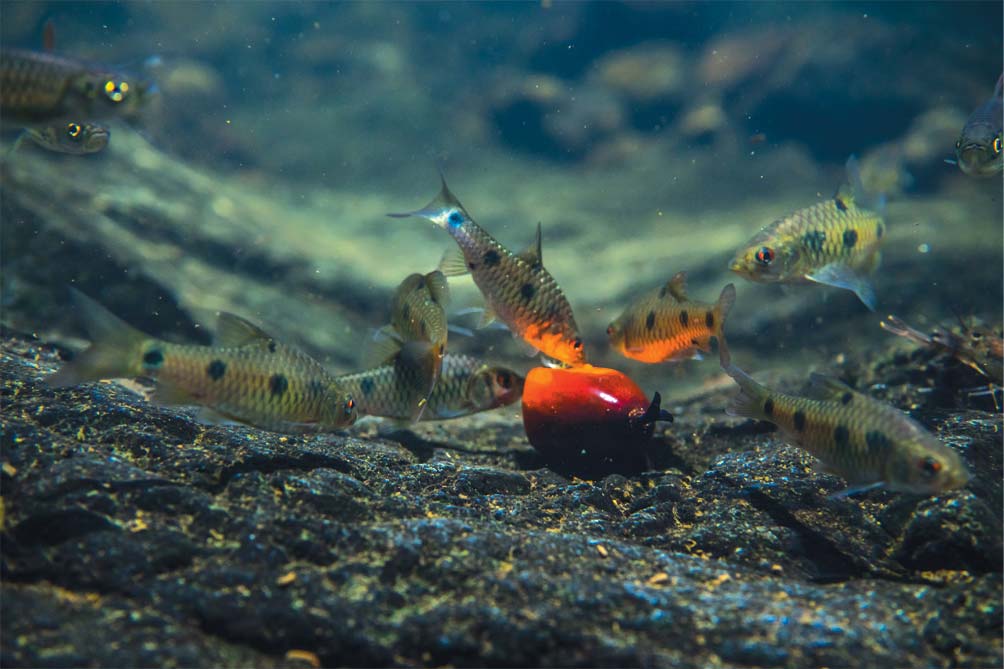
2nd Chan Ko Wong (Malaysia)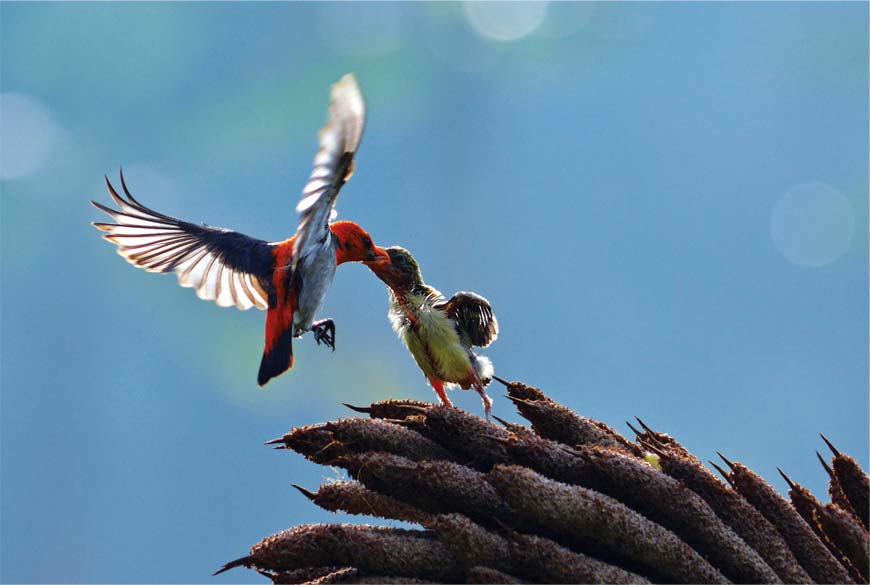
People & Portraits
1st Sharid Arasad (Malaysia)

2nd Yadi Setiadi (Indonesia)
Black & White
1st Izlan Somai (Malaysia)

2nd Suwardi Suwardi (Indonesia)
Still Life & Photo Manipulation
1st Rayhan Ibnunnajah (Indonesia)

2nd Zullfikar Md Noor (Malaysia)
By Editor on Friday, September 1st, 2017 in Special Focus, Issue 3 - 2017 No Comments
Bank Negara Malaysia has issued two commemorative coins in conjunction with 2017 being the 100th anniversary of the Malaysian palm oil industry. Malaysia has the distinction of being one of the world’s largest producers and exporters of palm oil.
The palm oil sector has contributed significantly to the country’s cumulative earnings, through export of the commodity and many value-added products to the global market. It has contributed to job creation and has enhanced the welfare and living standards of many in the rural areas.
The commemorative coins were launched on July 27 by the Hon. Datuk Seri Mah Siew Keong, Minister of Plantation Industries and Commodities, at the Museum and Art Gallery, Bank Negara Malaysia, Kuala Lumpur.
These coins are also available in a set of two. Each set is priced at RM280 (subject to GST of 6%), with 1,300 sets available for sale.
Coin Design

Obverse
The official logo of the Malaysian palm oil industry’s centennial celebration is depicted in the centre of the coin. The words ‘MINYAK SAWIT MALAYSIA, KEBANGGAAN DAN PENCAPAIAN KITA’ appear on the circumference of the coin.
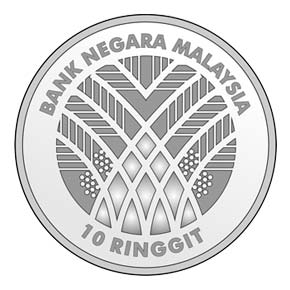
Reverse
The words ‘BANK NEGARA MALAYSIA’ as the issuing authority are featured on the upper circumference of the coin, while the face value is inscribed on the lower circumference. The centre features the image of a stylised oil palm tree, symbolising the growth and development of the palm oil industry towards excellence over 100 years.
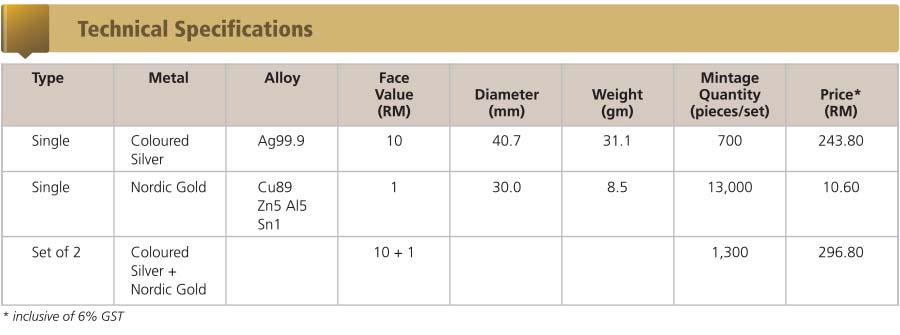 Bank Negara Malaysia
Bank Negara Malaysia
This is an edited version of the press release.
By gofb-adm on Wednesday, June 21st, 2017 in Special Focus, Issue 2 - 2017 No Comments
Since 1917, Malaysia’s oil palm sector has recorded repeated success in taking palm oil forward as a global commodity in both food and non-food applications. From agricultural practices to research and development activities, the industry has pioneered innovations that have stood the test of time. We looked at the first five milestones in the previous issue. Five more are outlined, as we continue marking the industry’s centenary this year.

Constant supply of palm oil and palm kernel oil enabled Malaysia to become a world leader in the oleochemicals sector.
A unique feature of the oil palm is that it produces two types of oil, respectively from the flesh and kernel of the fruit. Both are edible, but can also be used as feedstock for non-food applications such as the production of oleochemicals. These are renewable and environment-friendly chemicals derived from oils and fats of vegetable, animal or marine origin. As an alternative to petrochemicals, they are used in products like surfactants, personal care items, soaps, detergents, inks and coatings.
The Malaysian oleochemicals industry flourished in the 1980s following a shift in policy away from the mining- and agriculture-based economy, to one led by manufacturing. Initially, basic oleochemicals like fatty acids, fatty alcohols, methyl esters and glycerine were produced. As global demand for oleochemicals increased and new technologies emerged, the operations were expanded to produce oleo derivatives and consumer or industrial end-products.
Benefitting from the uninterrupted supply and competitive price of palm oil and palm kernel oil, the Malaysian oleochemicals industry became a world leader. Today, with 20 plants and joint capacity of 2.7 million tonnes, Malaysia accounts for at least 20% of global production of oleochemicals.
By gofb-adm on Sunday, February 26th, 2017 in Issue 1 - 2017, Special Focus No Comments
The oil palm has been the bedrock of Malaysia’s economy, socio-development, political stability and ability to innovate. As we mark the centenary of its cultivation this year, we look back at the first five of 10 milestones to understand the challenges and efforts that have gone into producing palm oil. As a sustainable crop, the oil palm plays a critical role in helping to feed more than three billion people in over 150 countries. Feeding an additional two billion people by 2050 with limited arable land will be no small task.

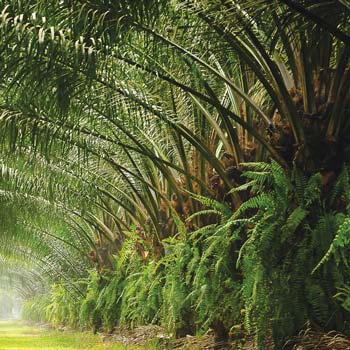
The oil palm is eight to ten times more productive than other major oilseed crops; highly efficient with a high output-to-input energy ratio; and extremely versatile in its uses, including the biomass waste generated. In 2015, Malaysia produced 32% of the global palm oil output on a mere 0.1% of global agricultural land.
Malaysian palm oil is renowned for its high quality and usability. With improvements in processing technologies, it can be easily tailored to meet specifications of end-users. It is highly sought after for various applications in food and non-food industries, making it a true global product. We record the first five milestones in the history of Malaysian cultivation of the oil palm.

The oil palm (Elaeis Guineensis) is native to West Africa. It was introduced to Malaya by the British in the 1870s.
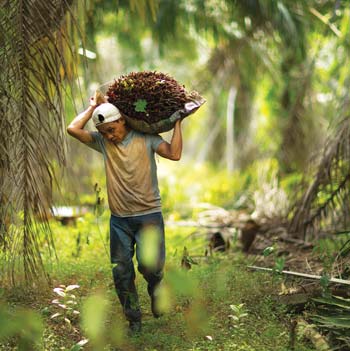
Small farmers have been important players from the early years of the Malaysian palm oil industry. They now own about 40% of the planted area.